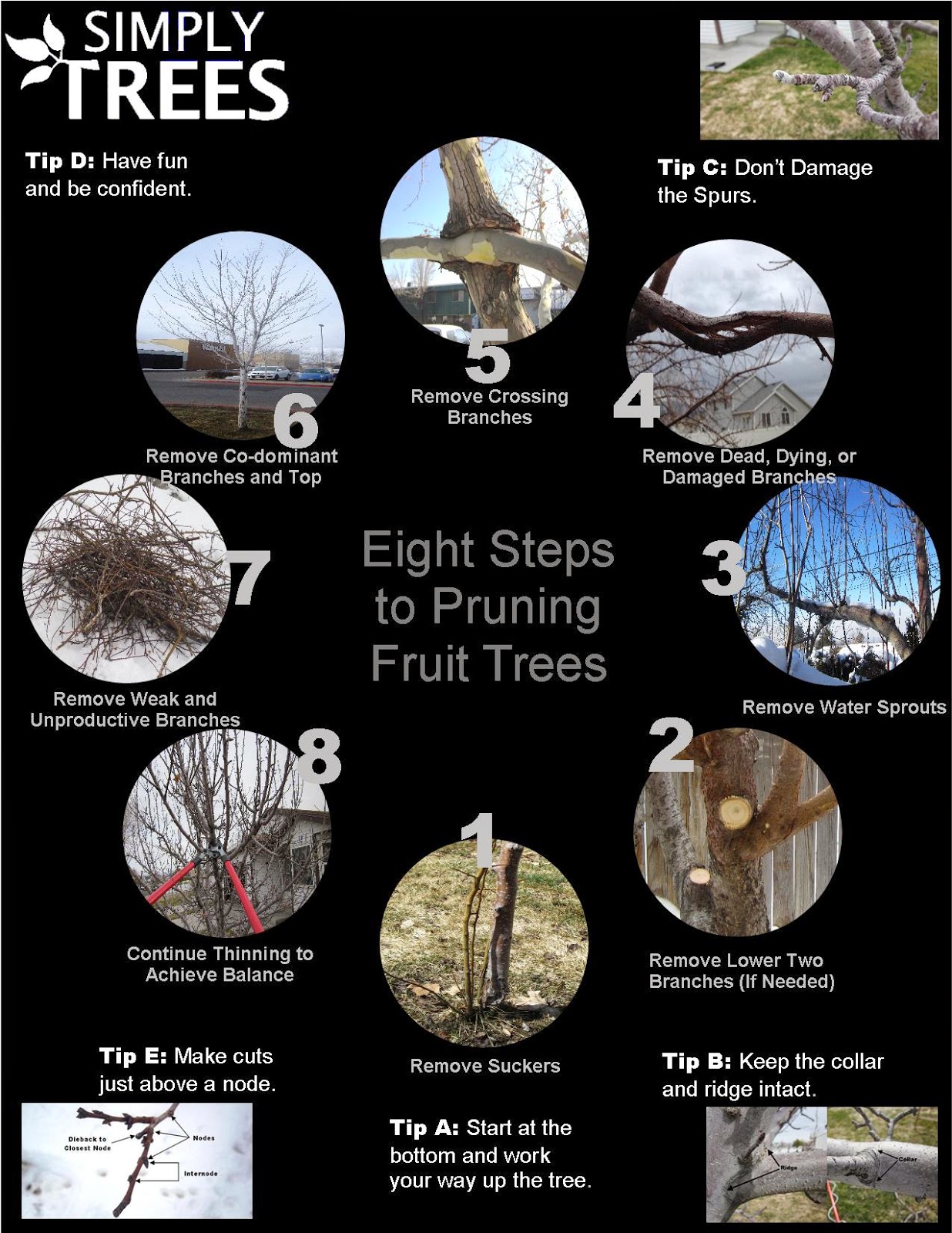Trimming At The Right Time And With The Appropriate Technique Can Transform Your Trees-- Discover How To Maximize Their Development Potential
Trimming At The Right Time And With The Appropriate Technique Can Transform Your Trees-- Discover How To Maximize Their Development Potential
Blog Article
Composed By-Mullen Hovgaard
When it comes to seasonal tree trimming, timing and technique are essential for your trees' wellness and growth. You might be stunned at how much a basic cut can motivate brand-new life. Understanding when to trim dormant trees versus flowering ones can make all the distinction. Yet it's not almost when; it's also regarding how you do it. Let's check out the very best practices to guarantee your trees flourish.
Comprehending the Best Seasons for Tree Trimming
When's the most effective time to cut your trees? The answer lies in recognizing the seasons. Late winter season to very early springtime is frequently excellent, as trees are still inactive. This timing minimizes tension and promotes much healthier development when they stir up.
Nevertheless, if you're dealing with flowering trees, think about cutting right after their flowers discolor. This guarantees you will not cut off following year's flowers.
In summertime, light trimming can aid maintain form and eliminate any dead or infected branches. Stay clear of hefty trimming throughout fall, as trees are preparing for inactivity and may have a hard time to heal.
Inevitably, knowing your tree varieties and local climate will certainly guide your cutting timetable. Choose carefully, and over at this website will thrive magnificently year-round.
Vital Trimming Strategies for Healthy And Balanced Trees
Pruning your trees effectively is important for their health and wellness and longevity. Begin by using clean, sharp tools to make exact cuts, which aids protect against damages and condition.
Concentrate on removing dead, damaged, or crossing branches initially; this encourages far better air flow and sunshine penetration. When cutting, go for an angle that advertises healing and decreases the threat of rot. Always prune just outside the branch collar, the puffy area where the branch satisfies the trunk, to improve healing.
For young trees, form them by selectively trimming to create a strong structure. Lastly, prevent over-pruning; eliminating excessive vegetation can emphasize your tree.
Common Mistakes to Avoid When Trimming
Numerous home owners make important mistakes while pruning their trees, which can lead to lasting damage.
One usual mistake is over-pruning, where you remove a lot of branches at once. This can emphasize the tree and prevent its development.
One more mistake is utilizing plain devices; sharp, tidy tools make cleaner cuts that heal much faster.
Do not fail to remember to trim at the incorrect time of year; wintertime is usually best for several types, while summer is suitable for others.
Also, prevent cutting branches too near to the trunk or leaving stubs, as both can invite bugs and diseases.
Lastly, falling short to step back and analyze the tree's overall shape can lead to uneven growth.
Keep these blunders in mind for healthier, prospering trees!
Conclusion
To conclude, seasonal tree trimming is critical for your trees' health and development. By pruning at the right times-- late wintertime for inactive trees and right after blossoms for blooming selections-- you'll encourage vibrant foliage and blossoms. Bear in mind to make use of tidy, sharp tools and comply with proper strategies to avoid damages. Avoid hefty pruning in the loss and remain clear of usual errors. With these suggestions in mind, you'll maintain your trees prospering throughout the year!
